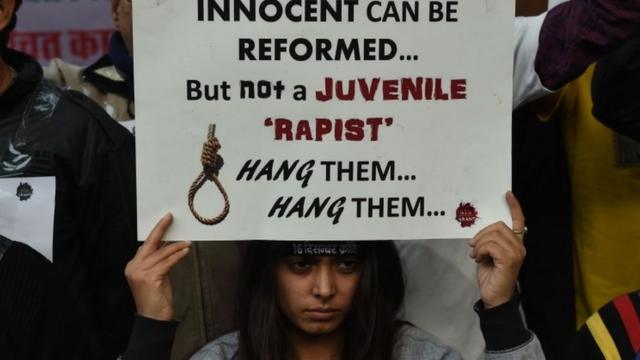Legal Framework for Addressing Rape of Minors in India
Introduction
India has grappled with the harrowing issue of sexual violence against minors, prompting the development and refinement of laws aimed at protecting children and ensuring swift justice for victims. The legal framework in India comprises stringent laws and dedicated mechanisms to address and combat the sexual abuse of minors, reflecting the country's commitment to safeguarding its young population.
The Protection of Children from Sexual Offences (POCSO) Act, 2012
The cornerstone of India's legal response to child sexual abuse is the Protection of Children from Sexual Offences (POCSO) Act, 2012. This comprehensive legislation was enacted to specifically address sexual crimes against children, defined as individuals under the age of 18. The POCSO Act lays out a wide range of offenses, including sexual assault, sexual harassment, and pornography, ensuring that all forms of sexual exploitation of children are covered.
Key Provisions of the POCSO Act
Definition of Offenses: The Act provides clear definitions of various sexual offenses against children, including penetrative and non-penetrative sexual assault, sexual harassment, and the use of children for pornographic purposes.
Special Courts: The POCSO Act mandates the establishment of Special Courts to expedite trials of offenses under the Act. These courts are designed to be child-friendly to reduce the trauma for the victims during the judicial process.
Reporting and Recording: The Act imposes a duty on individuals to report suspected child sexual abuse. It also sets forth guidelines for the proper recording of the child’s statement by the police and judicial authorities to ensure the child is not further traumatized.
Punishments: The POCSO Act prescribes stringent punishments, including life imprisonment and fines, depending on the severity of the offense. For example, aggravated penetrative sexual assault, which includes cases where the offender is in a position of trust or authority, attracts more severe penalties.
Confidentiality: To protect the identity and dignity of the child victim, the Act mandates that the media cannot disclose any information that may reveal the identity of the child.
Amendments and Enhancements
Recognizing the need to continually strengthen the law, the Indian government introduced significant amendments to the POCSO Act in 2019. These amendments included:
Enhanced Penalties: The amendments increased the severity of punishments for various offenses, including the death penalty for aggravated penetrative sexual assault.
Faster Prosecution: Measures to ensure the timely completion of investigations and trials, aiming to conclude them within a year, were introduced to provide swifter justice to victims.
Other Relevant Legislation
In addition to the POCSO Act, several other laws contribute to the protection of minors from sexual offenses:
Indian Penal Code (IPC): Sections 375, 376, and 377 of the IPC address rape and unnatural offenses. While these sections apply broadly, they intersect with POCSO provisions when the victim is a minor.
Juvenile Justice (Care and Protection of Children) Act, 2015: This Act provides a framework for the care and protection of children in conflict with the law or in need of care and protection. It also outlines procedures for handling minors involved in criminal activities.
Implementation Challenges
Despite the robust legal framework, implementation remains a challenge. Issues such as underreporting due to social stigma, lack of awareness about legal provisions, and delays in the judicial process hinder the effective enforcement of these laws. There is a need for continued efforts to educate the public, train law enforcement officials, and ensure that judicial processes are child-friendly and efficient.
Conclusion
India's legal framework for addressing the rape of minors is comprehensive and continues to evolve to meet emerging challenges. The POCSO Act, supported by various amendments and other related laws, provides a robust mechanism for protecting children and ensuring justice. However, the effectiveness of these laws depends significantly on their implementation, public awareness, and the continuous effort of all stakeholders to create a safer environment for children
This article has been contributed by harit Parsendiya , a student at ITM University Gwalior.
Attention all law students!
If You Want To Publish Your Article On Law Media Contact - 7974887414 ( ONLY WATSAPPP )
Are you tired of missing out on internship, job opportunities and law notes?
Well, fear no more! With 5,000+ students already on board, you don't want to be left behind. Be a part of the biggest legal community around!

Good Article
ReplyDelete